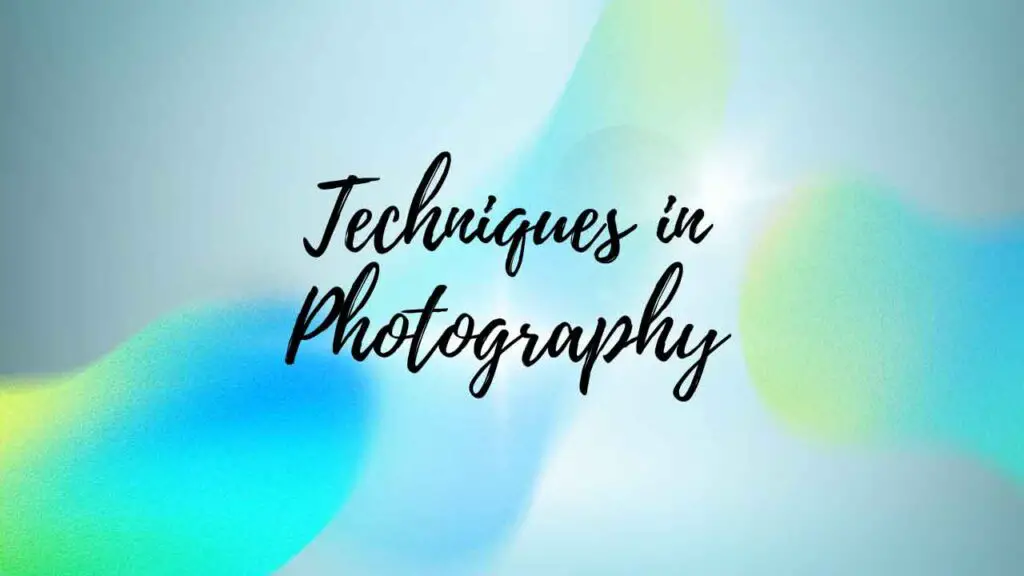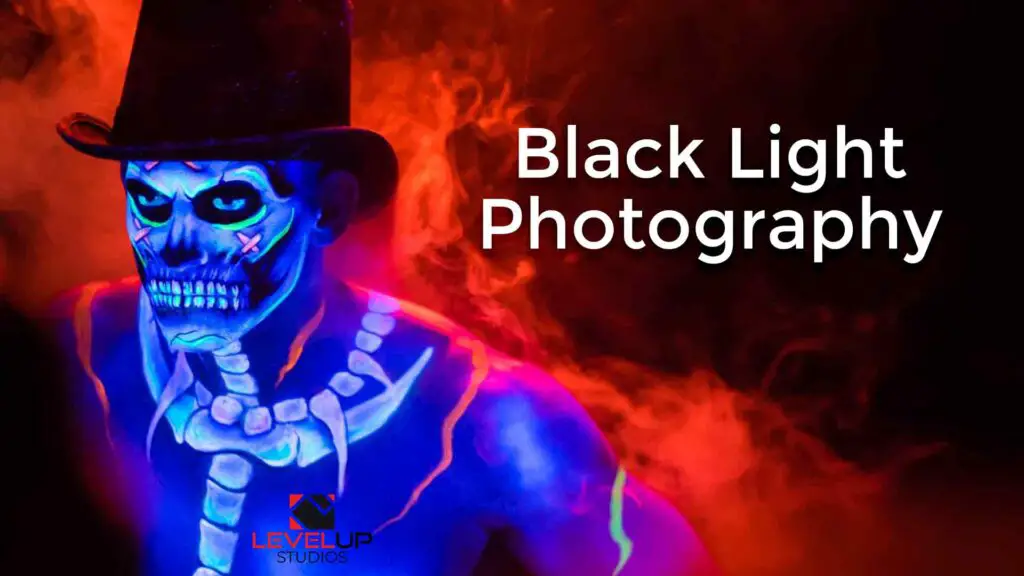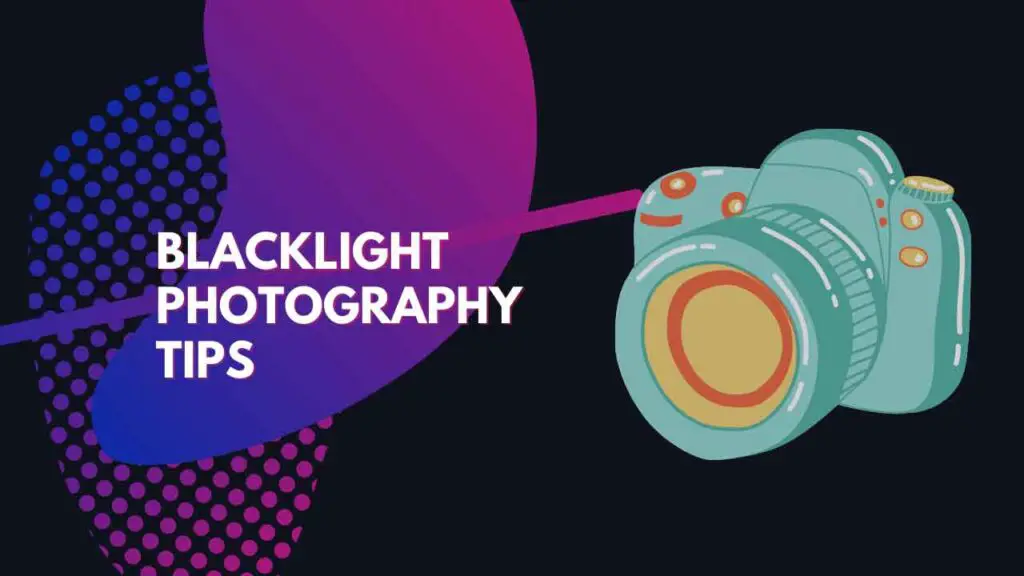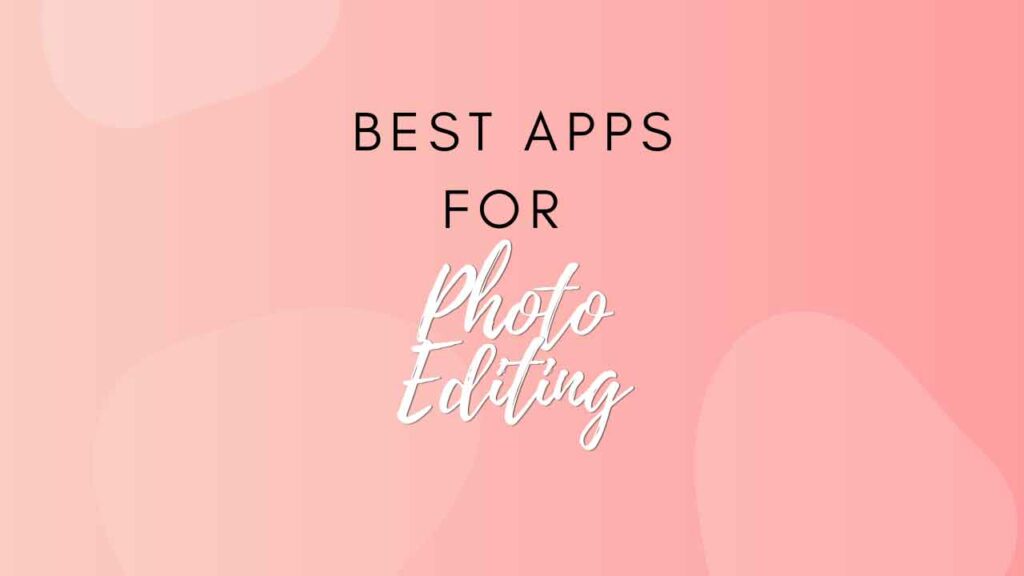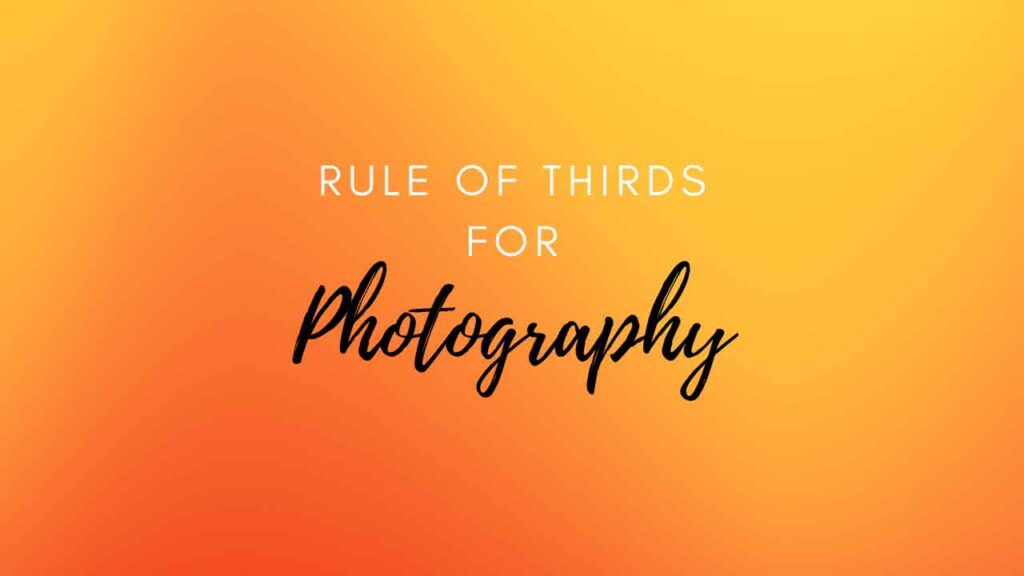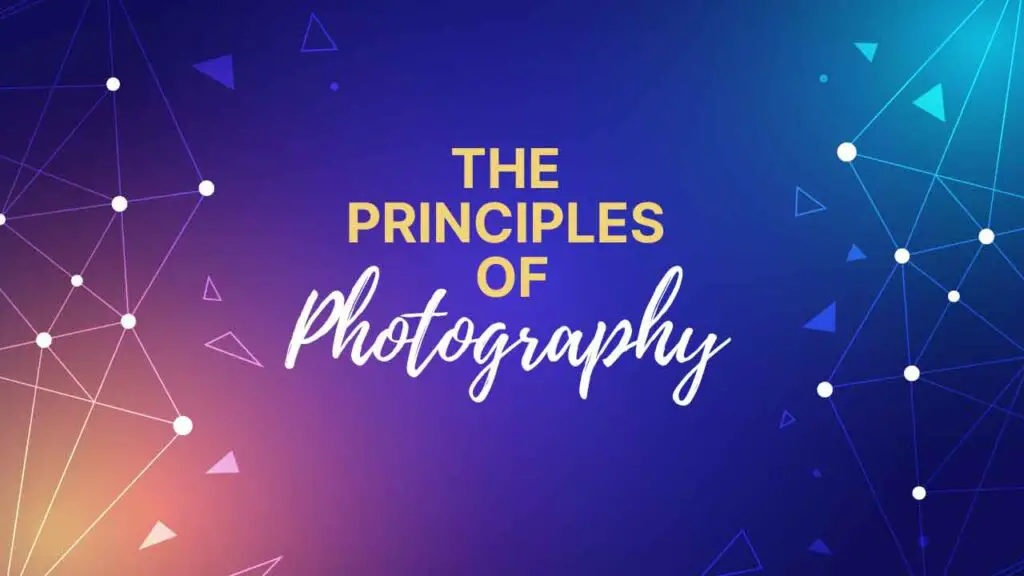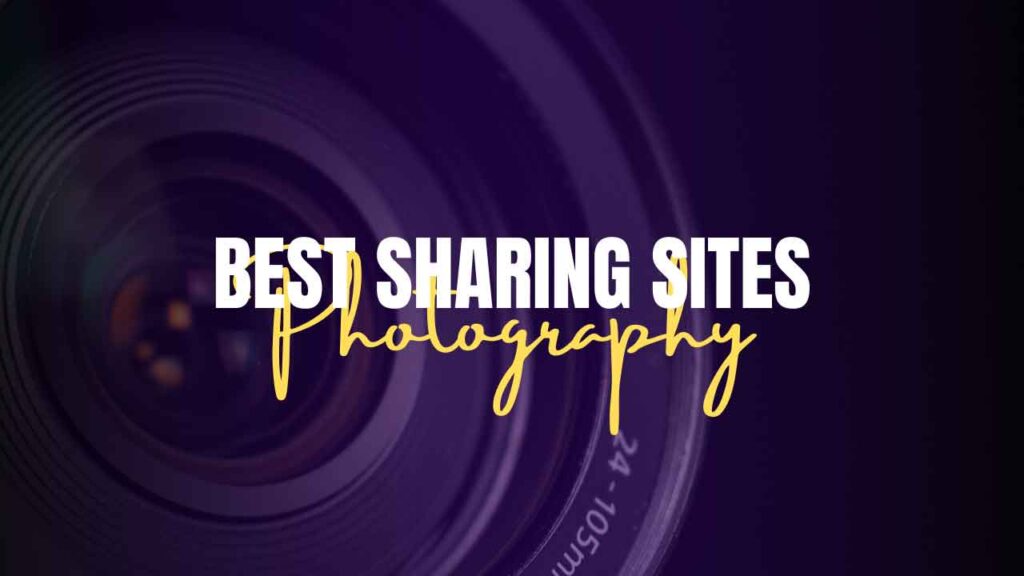THIS ARTICLE MAY CONTAIN AFFILIATE MARKETING LINKS! IN CASE YOU MAKE A PURCHASE THROUGH ONE OF THE LINKS, WE'LL GET A SMALL COMMISSION. WITH NO EXTRA CHARGES TO YOU. THANKS!!
Table of Contents
- Some most used Techniques in Photography
In this article, we are going to take look at some of the most used techniques in photography. Knowing about these techniques will help you find ways to express yourself through your photos.
Some most used Techniques in Photography
LIGHTING-BASED PHOTOGRAPHIC TECHNIQUES
HIGH KEY
This technique gives priority to light and white backgrounds. It conveys joy, purity, and happiness. It transmits purity, happiness, or joy.
It is important to remember that the most important part of the process involves developing. This technique is very enjoyable and will bring out the best in you.
LOW KEY
Low key photography is a technique that uses dark backgrounds to convey mystery and elegance. It is used extensively in portrait, nude, and product photography.
It is easy to use, yet produces stunning images. You can see this inspiring compilation of low-key photography.
HISTOGRAM RIGHT
This technique can be used to remove noise from photos due to a lack of light. It is simple and very effective.
The technique for righting the histogram involves taking the lights to the right of the histogram but not leaving the graph. This would indicate that we have run out of information and are burning the lights.
It is simply about slightly underexposing the image to ensure that shadow area are not underexposed. This is because noise can be generated by recovering underexposed areas.
INFRARED PHOTOGRAPHY
You will need an infrared filter and a tripod to take your first photo. Also, you’ll need to learn how the filter controls the exposure.
Infrared photography is best practiced in natural settings with trees, clouds, reflections in water, and other elements.
DAYTIME LONG EXPOSURE
We often think of long exposure when we refer to night photography. But, the fact is that we can take amazing photographs in daylight. Let’s find out how.
WATER WITH SILK EFFECT
This is the most popular daytime long exposure technique. It is especially useful in landscapes where water is at least partially the main focus of the image. The water creates a silky visual effect by imprinting its movement at very slow speeds on the image.
MOTION SWEEP
Panning can be achieved by using slow speeds, moving objects, people, or camera movement. Panning is not only a long-exposure technique for daytime photography. It can also be done at night to produce excellent results.
These tips will inspire you to learn how to do amazing movement sweeps.
NIGHT LONG EXPOSURE
Because of the low light levels, night photography requires slow speeds. Night photography has many photographic techniques. These include painting with light and photographing stars. Let’s look at the most popular.
STAR PHOTOGRAPHY
The lack of light makes it difficult to capture the stars at night. Images like these can be achieved with patience, a tripod, and a clear sky.
PHOTOGRAPH THE MILKY MEANING
Another long-exposure technique that I recommend is the photography of the Milky Way.
LIGHT PAINTING
Lightpainting, or painting with light, is another photographic technique that relies on long exposures. These photos can be created using slow speeds, a light source, and lots of creativity.
PHOTOGRAPH LIGHT TRAILS
The lights from the cars can make for some impressive images when you use long exposure. These light trails are great for adding interest to street photography images.
HIGH-SPEED PHOTOGRAPHIC PROCESSES
High-speed photography is the opposite of long exposure. In this type of photography, you can photograph at very high speeds. This type of image allows you to freeze and capture the motion of water droplets, balloon explosions, strawberries falling into milk glasses, and other things. Your imagination is the limit.
WATER DROP
You can take a photo of a droplet of water at home, with patience and very few resources, but it will produce stunning results.
The diaphragm opening allows you to control the light entry as well as blurring or depth of field. You can experiment with techniques like bokeh and hyperfocal by playing with this setting.
Diaphragm Opening
By manipulating the timing of the diaphragm opening and in turn, controlling the amount of light that enters the lens these photographs are taken. With this technique bokeh and hyperfocal images are taken.
BOKEH
Bokeh, which is a photographic technique that refers to blurring the light points in a portrait or Christmas photos with colored lights …, is a term that can be used to describe this phenomenon. The blur increases as the highlights are made more photogenic by using large apertures.
HYPERFOCAL
The Hyperfocal is at the opposite end of the spectrum in terms of depth-of-field. This technique allows for the best depth of field possible in an image. It is more effective than closing the diaphragm to the maximum and produces much better results.
Hyperfocal is a widely-used photographic technique in landscape or street photography.
